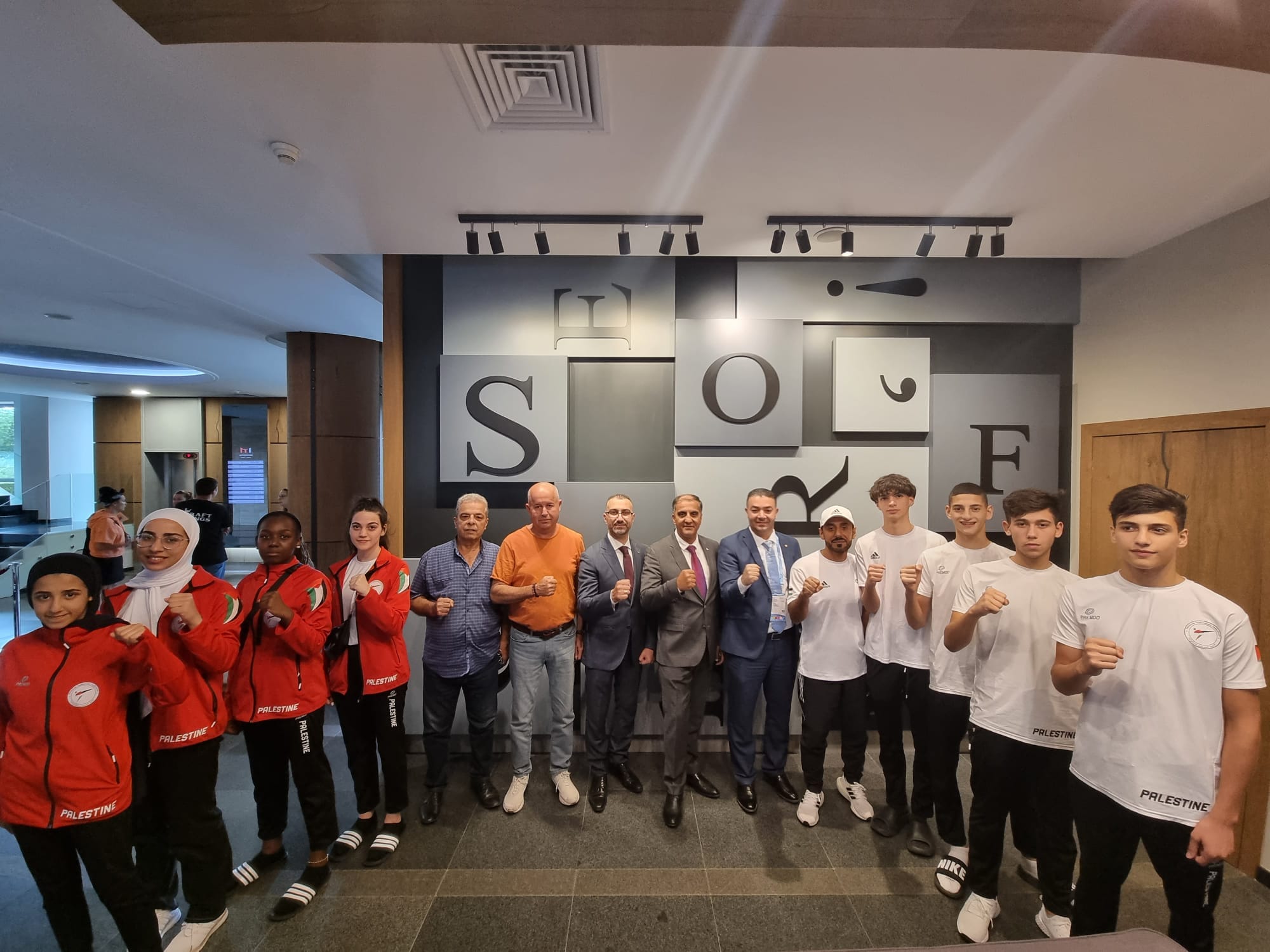CRISPR Gene Editing: A Powerful Tool For Whole Gene Insertion

Table of Contents
Understanding the Mechanics of Whole Gene Insertion using CRISPR
Whole gene insertion using CRISPR relies on the cell's natural DNA repair mechanisms to integrate a new gene into the genome. This process involves two key steps: creating a targeted double-strand break (DSB) and utilizing a donor DNA template for precise repair.
Targeted Double-Strand Breaks (DSBs)
The CRISPR-Cas9 system uses a guide RNA (gRNA) molecule to target a specific location in the genome. The Cas9 enzyme then creates a targeted DSB at this location, triggering the cell's DNA repair machinery. There are two main pathways for DNA repair:
- Non-homologous end joining (NHEJ): This is a naturally occurring, error-prone repair pathway that often leads to insertions or deletions at the DSB site, frequently disrupting the gene. NHEJ is not suitable for precise whole gene insertion.
- Homology-directed repair (HDR): This pathway uses a provided DNA template to accurately repair the DSB. This is the crucial pathway for successful whole gene insertion, as it allows for the precise integration of the desired gene sequence into the genome. HDR efficiency is generally lower than NHEJ.
Donor DNA Template Design
The success of whole gene insertion heavily relies on the careful design of the donor DNA template. This template must contain several key elements:
- Homologous arms: These are flanking sequences identical to the target site on either side of the DSB. They are essential for accurate integration of the donor DNA into the genome via homologous recombination. The length of these arms significantly impacts the efficiency of the HDR pathway.
- The entire gene sequence: This includes the coding sequence of the gene to be inserted, as well as any necessary regulatory elements, such as promoters and enhancers, which are crucial for proper gene expression. The inclusion of introns and other non-coding sequences is crucial for proper splicing and gene functionality.
- Selection markers: These are genes that allow researchers to easily identify cells where the whole gene insertion has been successful. Common selection markers confer antibiotic resistance or allow for fluorescence.
Optimizing CRISPR-mediated Whole Gene Insertion
Several factors influence the efficiency of CRISPR-mediated whole gene insertion:
- Cas9 nuclease choice: Different Cas9 variants, such as SpCas9, SaCas9, and others, exhibit varying levels of efficiency and specificity. Choosing the appropriate Cas9 variant is crucial for optimal results.
- Guide RNA design: The gRNA must be carefully designed to ensure accurate targeting of the desired genomic location. Off-target effects, where the Cas9 enzyme cuts at unintended locations, need to be minimized.
- Delivery method: Efficient delivery of both the Cas9 enzyme and the donor DNA template into the target cells is critical. Common methods include viral vectors (e.g., adeno-associated viruses, lentiviruses), lipid nanoparticles, and electroporation.
Applications of Whole Gene Insertion Technology
The ability to precisely insert entire genes opens up exciting possibilities across numerous fields:
Gene Therapy
Whole gene insertion offers a powerful approach to gene therapy, enabling the correction of genetic defects by inserting functional genes into the genome.
- Examples: Correcting cystic fibrosis by inserting a functional CFTR gene, treating inherited blindness by replacing defective genes, and addressing other monogenic diseases. This approach offers a potential cure, rather than just symptomatic treatment for many genetic diseases.
Agricultural Biotechnology
Whole gene insertion is revolutionizing agriculture by enabling the introduction of genes that improve crop yields, nutritional value, and stress tolerance.
- Examples: Inserting genes for pest resistance to reduce the need for pesticides, enhancing the nutritional content of staple foods (e.g., increasing vitamin A in rice), and developing drought-resistant crops to address climate change impacts.
Biomanufacturing
Whole gene insertion allows engineering microorganisms for efficient production of valuable biopharmaceuticals, biofuels, and other industrial products.
- Examples: Producing therapeutic proteins in microbial cell factories (e.g., insulin, antibodies), creating sustainable biofuels through metabolic engineering, and generating enzymes for industrial applications.
Challenges and Future Directions of Whole Gene Insertion
Despite its immense potential, whole gene insertion faces several challenges:
Off-target effects
Minimizing unintended genomic modifications remains a major hurdle. Advanced CRISPR systems with improved specificity, as well as refined guide RNA design strategies, are continually being developed to address this issue. Techniques like base editing are also being explored as alternatives to DSB formation.
Large gene insertion
Inserting very large genes presents logistical challenges, primarily related to delivery and integration efficiency. Novel delivery methods and genome engineering strategies are being explored to overcome this limitation.
Ethical considerations
The ethical implications of whole gene insertion, especially in humans, necessitate careful consideration and robust regulatory frameworks. Broad public discussion and engagement are crucial to ensure responsible development and application of this technology.
Conclusion
CRISPR-mediated whole gene insertion represents a significant advancement in gene editing technology, offering transformative tools for various fields. While challenges remain, ongoing research and technological innovations are continuously improving its efficiency and precision. The ability to precisely insert entire genes opens up exciting prospects for treating genetic diseases, enhancing agricultural productivity, and revolutionizing biomanufacturing. To fully realize the potential of this groundbreaking technique, continued investment in research and development of whole gene insertion strategies is essential.

Featured Posts
-
 Altqdm Almlhwz Lawstabynkw Fy Btwlat Almlaeb Altrabyt
May 30, 2025
Altqdm Almlhwz Lawstabynkw Fy Btwlat Almlaeb Altrabyt
May 30, 2025 -
 6 15
May 30, 2025
6 15
May 30, 2025 -
 Kyriaki 16 Martioy Olokliromenos Odigos Tileoptikon Programmaton
May 30, 2025
Kyriaki 16 Martioy Olokliromenos Odigos Tileoptikon Programmaton
May 30, 2025 -
 Monte Carlo Masters Alcarazs Triumphant Return
May 30, 2025
Monte Carlo Masters Alcarazs Triumphant Return
May 30, 2025 -
 Decouverte D Une Bombe A La Gare Du Nord Informations Sur Les Perturbations Du Trafic
May 30, 2025
Decouverte D Une Bombe A La Gare Du Nord Informations Sur Les Perturbations Du Trafic
May 30, 2025
